The Christmas cactus (Schlumbergera spp.) is a fascinating succulent native to the cloud forests of Brazil. Renowned for its vibrant, tubular blossoms that bloom during the winter months, this plant has captured the hearts of many gardening enthusiasts. Understanding the growth patterns and size potential of the Christmas cactus is essential for effective cultivation and care. This article delves into various aspects of its growth dynamics, culminating in an overview of the sizes you can expect from these remarkable flora.
Determining the Average Dimensions of a Christmas Cactus
The size of a Christmas cactus largely depends on its specific species, growing conditions, and the age of the plant. Generally, these cacti tend to exhibit a modest stature, averaging between 12 to 24 inches in height. With proper care and optimal environmental factors, certain specimens can even reach heights of up to 36 inches. The width of the plant can also be impressive; mature cacti can spread out to approximately 24 inches across. Such dimensions contribute not only to their aesthetic appeal but also to their ability to stand as a striking centerpiece in any home or garden.
Growth Rates: The Journey from Seedling to Mature Plant
When cultivated from seeds, the Christmas cactus has a relatively slow growth rate. Seed germination can take anywhere from three weeks to a couple of months, depending on environmental conditions such as moisture and temperature. Once germination occurs, seedlings will take about two to three years to reach a height of just a few inches. With time, care, and the right conditions, a Christmas cactus can enter a more accelerated growth phase, particularly when propagated through stem cuttings. This method can yield more substantial growth compared to seed propagation. Typically, a well-cared-for cutting may grow to a height of 12 inches within a year.
The Influence of Environmental Factors on Size
Understanding the various elements that influence the growth of a Christmas cactus can help maximize its size and health.
Light Conditions
Light plays a crucial role in determining the growth of these plants. They thrive in indirect sunlight, as excessive direct sunlight can damage their delicate leaves. An ideal location would offer bright, diffused light, which allows for optimal energy absorption. Under these conditions, Christmas cactuses generally exhibit more vigorous growth and larger dimensions.
Temperature Requirements
Temperature is another pivotal factor affecting growth. Christmas cactuses prefer a range between 60°F to 70°F (15°C to 21°C) during the day and slightly cooler temperatures at night. They do not fare well in extreme cold; thus, exposure to freezing temperatures can stunt growth or lead to plant demise. Ensuring that the plant remains within this temperature range significantly enhances its ability to thrive and reach its full potential.
Watering and Fertilization Practices
Proper watering practices are essential. Over-watering can lead to root rot, which in turn diminishes growth potential. It is advised to allow the soil to dry out at least partially between waterings, particularly during the active growth phase, which typically occurs in spring and summer. Fertilization should be done sparingly; a diluted, balanced fertilizer during the growing season can encourage lush growth and robust bloom production. However, it is advisable to reduce or eliminate fertilization during the dormant winter months.
Potting Considerations and Soil Type
Potting choices also impact size. A pot that is too small can constraint root growth, limiting the plant’s overall size. Conversely, a pot that is too large can lead to water retention issues. The ideal potting configuration combines well-draining soil with a pot size that accommodates root growth without causing undue strain. Cacti soil mixtures, which permit excellent drainage while retaining some moisture, are ideal for Christmas cactuses.
Pruning and Reshaping for Optimal Growth
Pruning is a beneficial practice for a Christmas cactus. By removing dead or damaged segments, one allows the plant to redirect its energy towards healthy growth. Pruning can also help in shaping the plant for aesthetic purposes, enabling it to reach broader dimensions. When pruning, it is essential to use sterile tools to prevent introducing any pathogens.
Signs of a Healthy Growing Christmas Cactus
Various indicators can signify that a Christmas cactus is thriving and reaching its size potential. Healthy plants typically showcase vibrant, green stems, and they should produce regular bloom cycles during the winter months. If the leaves begin to yellow or the plant exhibits stunted growth, these can signal problems that need addressing, such as over or under-watering, poor lighting, or pest infestations.
Conclusion: Embracing the Growth Journey of the Christmas Cactus
In summary, the growth of Christmas cactuses is influenced by a range of factors, including light, temperature, watering practices, soil composition, and potting choices. Although these plants are relatively modest in terms of size, with the right care, they can indeed flourish and bring a touch of winter beauty to any space. Whether you are a novice or an experienced gardener, cultivating a Christmas cactus can be a rewarding and enriching experience. Understanding their growth habits and requirements is the first step toward creating an environment that nurtures and enhances their growth.
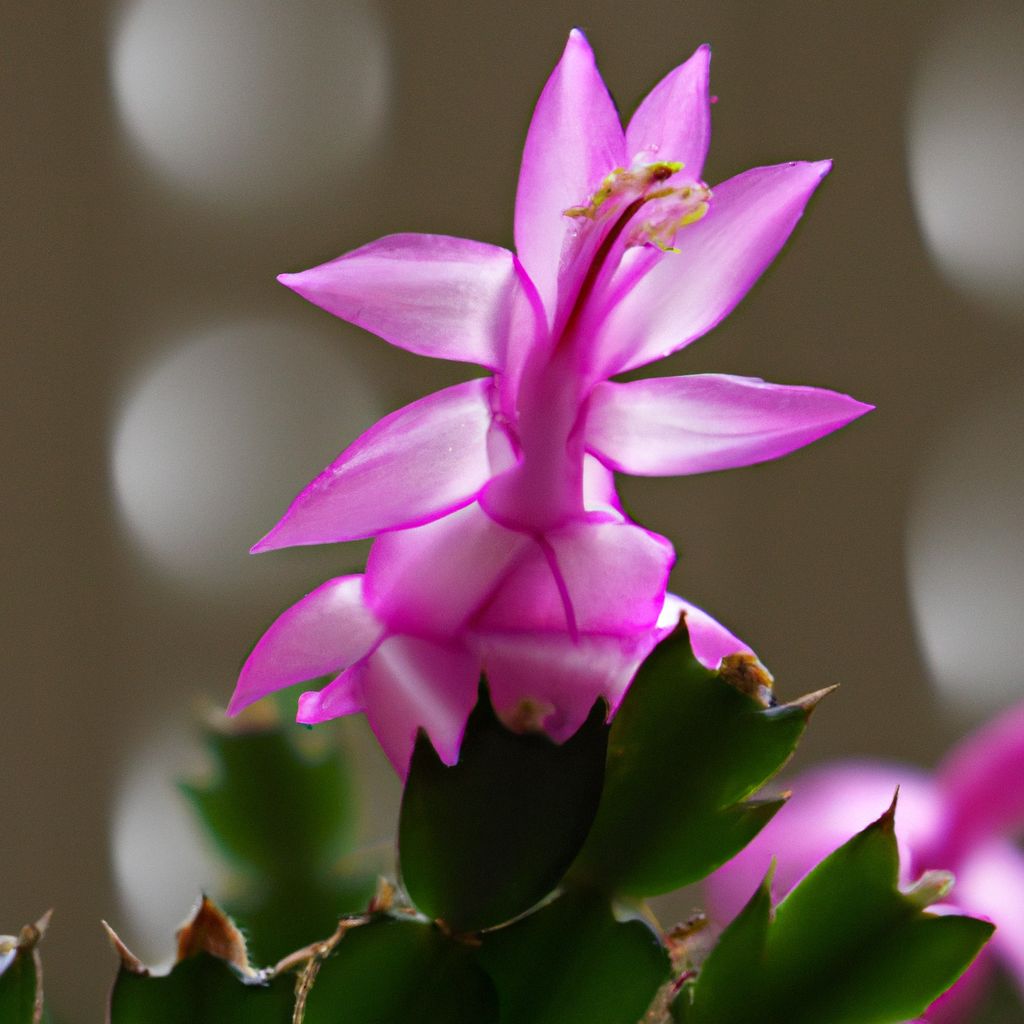
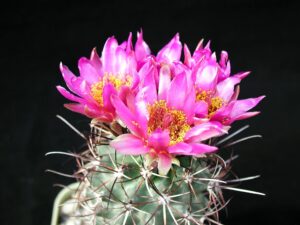
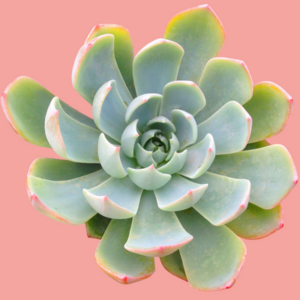
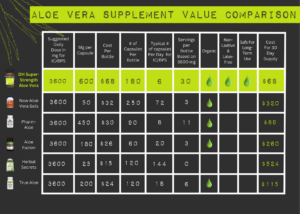
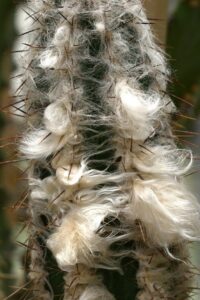
Leave a Comment